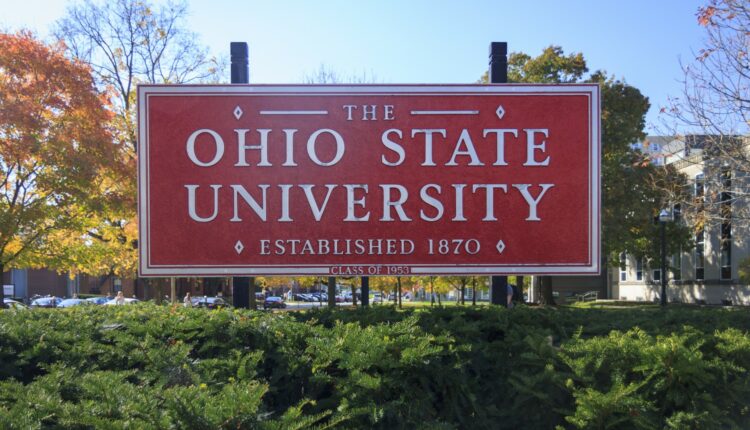Ohio State University: Ohio State faculty, staff receive National Endowment for the Humanities grants
Marian Moser Jones, associate professor of health services management and policy in the College of Public Health and associate professor in the Department of History, joined The Ohio State University just this year. One of her first projects was completing her grant application for the National Endowment for the Humanities (NEH). Earlier this month, she was awarded $200,000.
“I’m really excited to be here,” Jones said. “And I’m really excited that the NEH has confidence in my vision of making this happen on the Ohio State campus.”
“This” will be a weeklong institute that traces the history of public health in the United States, with particular emphasis on the late 19th and early 20th centuries. Planning for next summer, Jones hopes to have 30 academics from around the country come to Columbus for a workshop that will help disseminate public health history throughout higher education institutions.
“I want to tell people about why public health is important,” Jones said. “What really grabs me about it is this: It’s fundamental to the history of the United States. We have such a strong ideology of individualism in this country and yet, this country has been prone to many health challenges that force people to work together. What fascinates me is what forces people to come together and what pulls people apart.”
Jones hopes to attract faculty from historically Black colleges and universities, Hispanic-serving institutions, institutions with large numbers of first-generation students and community colleges.
“[Public health history] is something that, when it’s taught broadly, you introduce different perspectives,” Jones said. “Some of those people will go on to do scholarship in this area. That’s a longer-term goal: to broaden the field beyond such a narrow band of people.”
Jones was not alone in NEH recognition. Ohio State’s second grant recipient is Gayle Strege, curator of the Historic Costumes & Textiles Collection. This is Strege’s third NEH Preservation Assistance Grant award.
Strege said her first reaction after learning she had won the grant was relief.
“We always use the funds for preservation projects,” Strege said. “We have a lot of need.”
“I share my congratulations with Marian and Gayle for securing national recognition and support of their scholarship,” said Melissa L. Gilliam, executive vice president and provost. “Rigorous, scholarly inquiry in the humanities is fundamental to who we are as a university and a land-grant institution. It reminds us of the lessons of the past so we can shape a better future for the communities we serve.”
The Historic Costume & Textiles Collection is a scholarly and artistic resource of apparel and textile material culture from the mid-18th century to contemporary 21st century designers, and includes objects pertaining to central Ohio and the U.S. fashion industry.
The $10,000 grant awarded to Strege will be used to purchase rolling racks and archival boxes for storage. The university’s collection is currently housed in Campbell Hall, which is about to undergo a significant renovation project. As a result, the historic items need to be stored off-site.
“The funds will help prepare garments — many of them over 100 years old or fragile, like feather-trimmed gowns— for transport and storage,” Strege said.
Maintaining the university’s collection is a job Strege takes seriously. She considers it to be an invaluable resource in a retail-focused city like Columbus.
“Being a historian, I’ve always believed in the importance of history, especially when it comes to knowing your product – how consumers have interacted with it from a retail standpoint is always good to know, not to mention the social and psychological aspects of fashion,” she said.
Having access to items from designers like Christian Dior, Coco Chanel and Ann Lowe is a benefit to students, she added.
“There are real items in the collection,” Strege said. “We don’t have to recreate it from scratch. We can go look at the real thing.”

